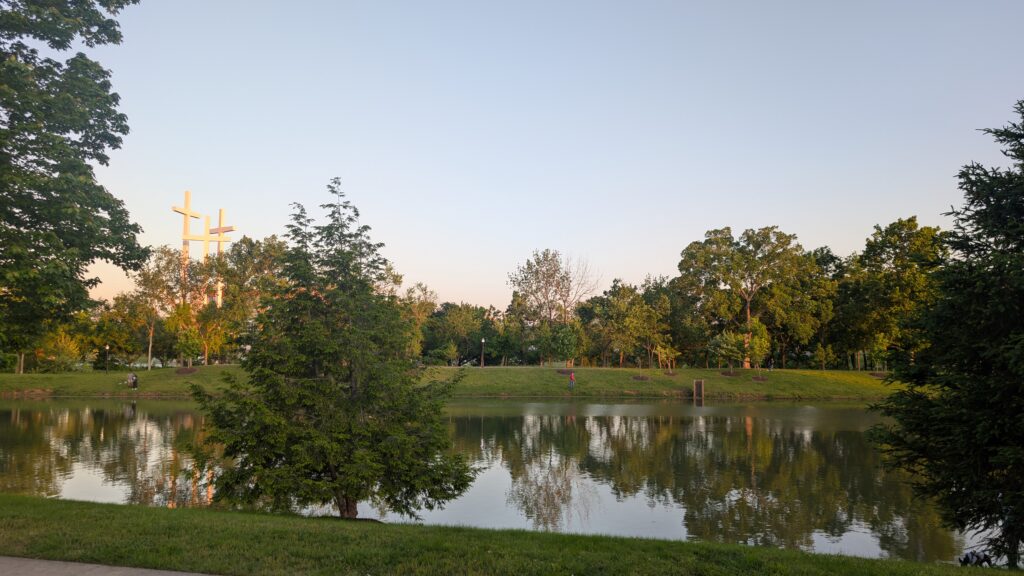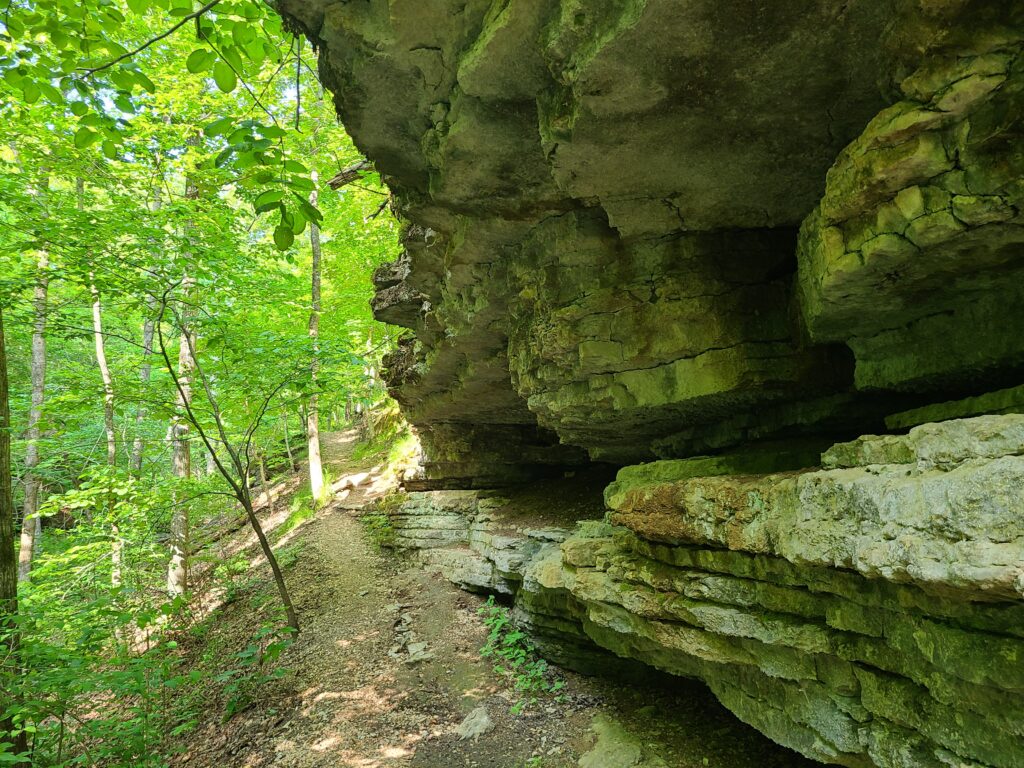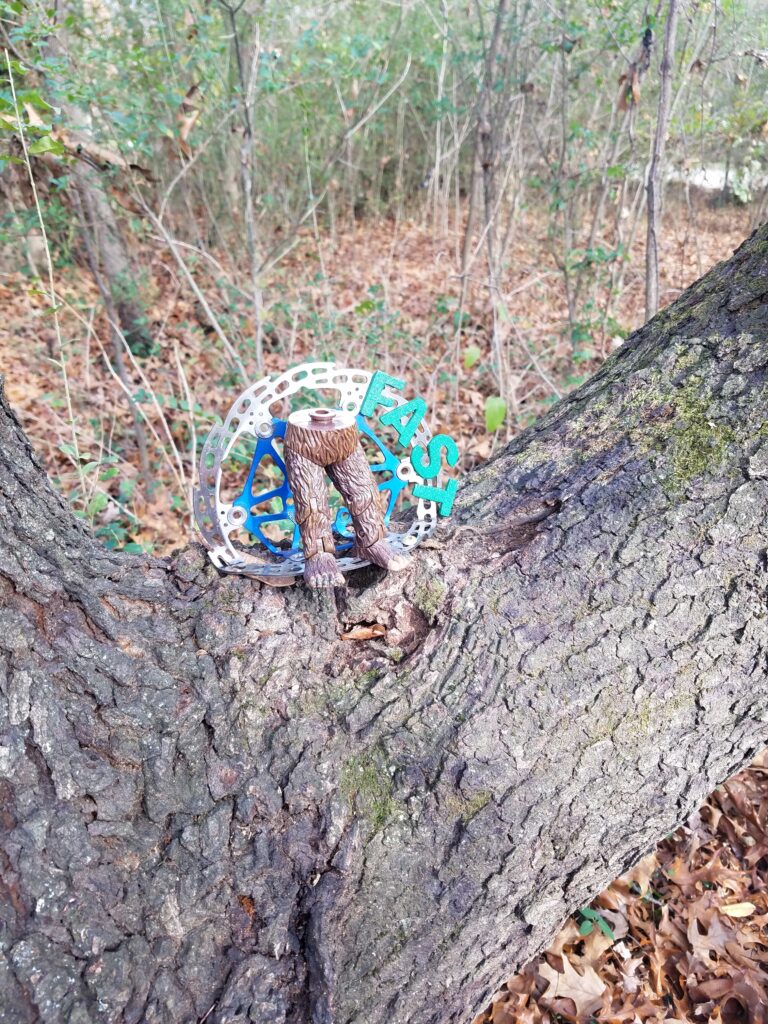Your cart is currently empty!
I Hid Gold Coins in NWA
In an effort to build my personal wealth, I’ve decided to invest—borderline gamble—in a local scavenger hunt. I’ve hidden four gold coins in four different locations around NWA and am offering clues below to the location of each one of them. Each coin is a 1/2 oz. of gold worth about $1,800. This scavenger hunt is designed purely to pay a few bills and raise enough funds to put together more hunts in the future. Good luck to everyone!

The Hunt Begins Here
Treasure Hunt Rules
- Public Locations Only
All hidden items will be placed in areas that are open and accessible to the general public. You will never be required to enter private property or restricted zones. - No Tools Required
You will not need any tools, equipment, or special gear to retrieve a hidden item. Everything is designed to be picked up by hand. - Zero Damage Policy
Under no circumstances should you break, force open, dig into, or destroy any objects or structures in search of a prize. - No Trespassing
Do not cross fences, enter private property, or ignore “No Trespassing” signage. If an area appears off‑limits, skip it and move on. - Easy Retrieval
Hidden items may be lightly concealed—such as tucked under a small rock, bench slat, or other movable public object—but should require minimal effort to uncover. - Respect the Environment
Leave no trace of your search. Do not litter, deface public art or signage, or disturb plants and wildlife. - Safety First
Always prioritize your personal safety and the safety of others. Avoid climbing, balancing on unstable surfaces, or entering hazardous areas. - Follow Local Laws
You are responsible for knowing and obeying all local ordinances, park rules, and public safety regulations while participating.
By playing, you agree to abide by these rules. Failure to comply may result in legal issues, injury, or even death. Keep it safe and enjoy the adventure— happy hunting!
Treasure Hunt Disclosure
By participating in our Treasure Hunt and purchasing additional clues, you acknowledge and agree to the following terms:
- Voluntary Participation
Participation in the Treasure Hunt is entirely voluntary. You may choose to play or withdraw at any time without penalty. - Entertainment Purposes Only
The Treasure Hunt and all associated materials (including clues, maps, hints, or instructions) are provided solely for entertainment and engagement. We make no promises, warranties, or representations—express or implied—regarding your ability to locate the prize or win. - No Guarantee of Success
You understand that purchasing clues does not guarantee you will find the prize or win the scavenger hunt. Success depends on your own efforts and the game conditions. - Prize Location Verification
We periodically check the prize location to ensure the game remains active and fair. However, we cannot guarantee that the prize will always be present, accessible, or undiscovered by third parties. - Winner Disclosure
In the event a winner is confirmed, we reserve the right to announce the winner’s name and/or pseudonym on our website or social media channels. No further personal information will be shared. - Sales and Refund Policy
- All sales of additional clues are final and non‑refundable.
- Once a clue is purchased or delivered, it cannot be exchanged, returned, or credited toward any other product or service.
- Limitation of Liability
To the fullest extent permitted by law, we and our affiliates, officers, employees, and agents shall not be liable for any direct, indirect, incidental, consequential, or punitive damages arising from or related to your participation in the Treasure Hunt, your use of clues, or your inability to locate the prize.
By purchasing clues or participating in the Treasure Hunt, you confirm that you have read, understood, and agree to these terms in full. If you do not agree with any part of this disclosure, please do not participate or purchase clues.



